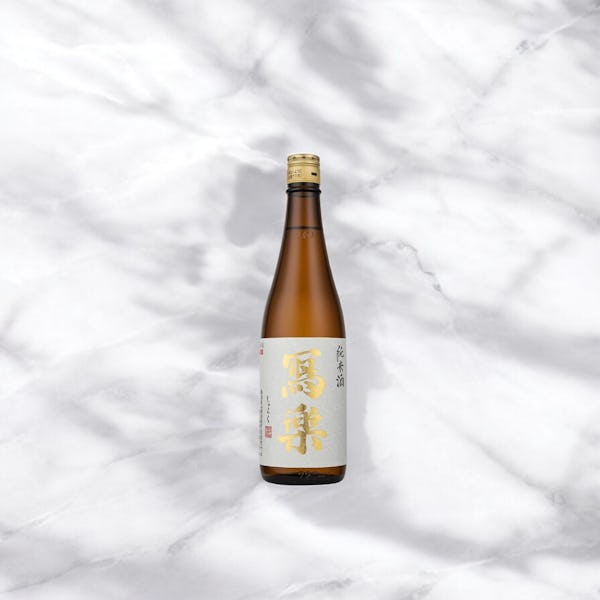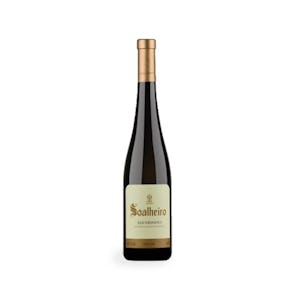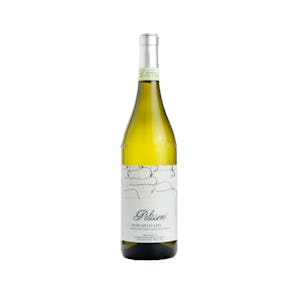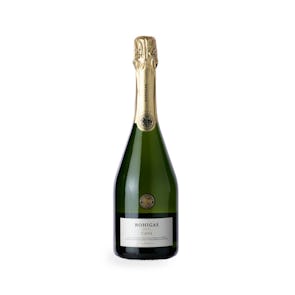
Sharaku Junmai
Refined elegance for sake aficionados
Tasting Notes from the Curator
Sharaku Junmai distinguishes itself among premium sakes by its harmonious blend of aromas and nuanced flavors. The entry notes strike a sophisticated balance, featuring subtle citrus hints of lemon and yuzu, complemented by the sweet stone fruit overtones of peach and apricot. Simultaneously, delicate floral notes reminiscent of cherry blossoms and jasmine weave through the palate, enhancing its inherent elegance. Earthy undertones and minerally qualities, derived from the Aizu terroir, provide extraordinary depth to its profile. On tasting, the sake unfolds a rich umami character, intertwined with a gentle sweetness and refreshing acidity that makes it a perfect accompaniment to various dishes. The texture is silkily smooth, offering a medium body that aligns seamlessly with its refreshingly crisp and clean finish. This finish leaves lingering notes of fruit mingled with savory umami, delighting even the most discerning of sake enthusiasts.
Pairings & Suggestions
-
Japanese Cuisine
- Sushi & Sashimi: Enhance the natural flavors of raw seafood. Try pairing with nigiri sushi, sashimi platters, or cucumber avocado maki rolls.
- Grilled Fish: Complements smoky grilled mackerel or lightly charred sea bass with a citrus soy glaze.
- Tempura: Pairs delightfully with shrimp or seasonal vegetable tempura.
-
European Dishes
- Light Seafood: Perfectly suited for seared scallops with lemon butter or poached white fish with an herb vinaigrette.
- Fresh Salads: Mixed greens with sesame dressing or cucumber and avocado salad.
- Grilled Meats: Harmonize with teriyaki chicken skewers or a ginger-soy marinated pork tenderloin.
Aizu: The Cultural Heartbeat of Sake
In the realm of sake, few regions boast a legacy as rich as Aizu in Fukushima, Japan. Steeped in history and tradition, Aizu’s influence is evident in Sharaku Junmai, resonating from its samurai past. Known for fertile plains nestled between mountains, Aizu nurtures the high-caliber Shuzokotekimai rice, an ingredient integral to the making of this remarkable sake. With a brewing heritage tracing back to the Edo period, Aizu’s sake production thrives on meticulously honed crafts and pure, mineral-rich water sourced from Mt. Bandai. Miyaizumi Meijo, the brand behind Sharaku Junmai, continues this legacy by interweaving ancient practices with innovative techniques, offering a sake that embodies the cultural richness and natural beauty endemic to Aizu.
Understanding Junmai Sakes
When it comes to Junmai sake, the difference lies in the rice — how much of it is polished away, and how that choice shapes the flavor. Think of it as minimalism versus refinement — each tier offering its own kind of beauty.
-
Junmai (≤70% polish): Bold, earthy, full-bodied. You taste the rice. Great warm or room temp.
-
Junmai Ginjo (≤60% polish): Lighter, more aromatic with hints of fruit. Smooth and slightly refined. Best chilled.
-
Junmai Daiginjo (≤50% polish): Ultra-polished, delicate, complex. Soft, elegant, and best enjoyed cold — a luxury pour.
The more the rice is polished, the more delicate and nuanced the sake becomes. But that doesn’t mean “better” — it’s about preference, occasion, and the kind of experience you want in the glass.
Storage Instructions
Store unopened sake in your fridge ideally at 4°C. If you wish to drink your sake chilled, place it in the refrigerator the night before consumption. Opened bottles should always be kept refrigerated. If you later wish to drink your sake at room temperature, place the portion you want into a small pouring vessel and leave that out on the counter at least 3 hours before consumption. Generally, sake should be consumed within one year of the bottling date, but when properly stored, it can survive up to 2 years. An open bottle of sake must be consumed within 2 to 3 weeks.




